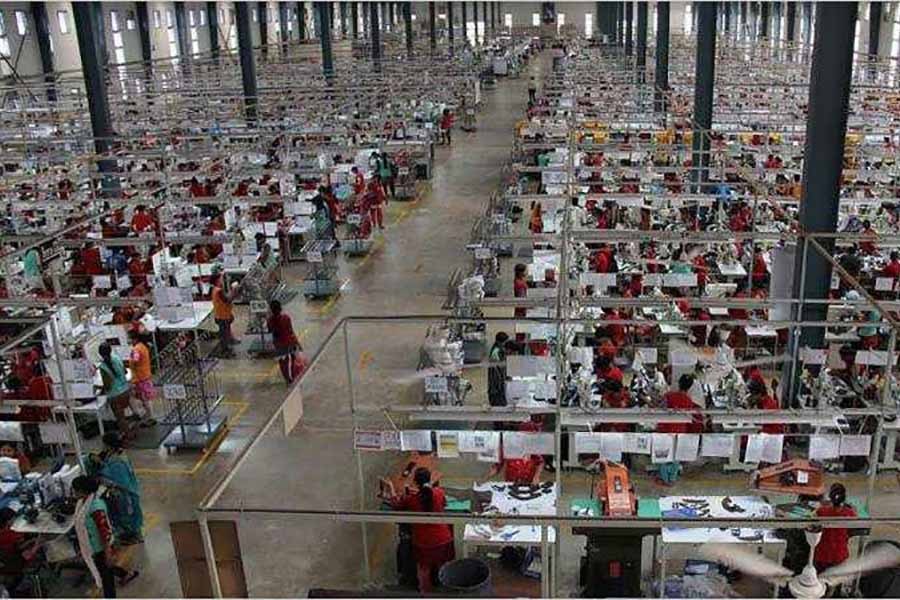
Published :
Updated :

It is unfortunate that the authorities concerned have not taken a good lesson from the Rana Plaza collapse that shook the world about five years ago. Reports have it that quite a number of factories have still remained non-compliant with structural and safety standards, although garment factory remediation is nearing completion. More so, they are defying shut-down orders from the authorities and are continuing with their operations. As many as 124 garment units in Dhaka and Chittagong are reportedly being run in highly risky buildings ignoring government order for closure.
Understandably, the order for closure followed the unwillingness of the factory owners to either do the required remediation works in keeping with the compliance needs or to relocate their units to safe places. However, since remediation was not possible in most of the buildings, shifting of the factories was the only option left. During inspections on structural integrity, fire and electrical safety conducted by the Accord and the Alliance -- two platforms of the European and North American buyers that are monitoring remediation works -- and a government-ILO joint initiative, 163 garment factories were found to be housed in buildings with serious lacking. A government-set review committee comprising key stakeholders including representatives from the Bangladesh University of Engineering and Technology (BUET) and Bangladesh Garment Manufacturers and Exporters Association (BGMEA) visited the buildings as a follow-up action on the recommendations of the inspectors. The committee, as the reports said, asked the factory authorities to shut down their operations. Complying with the government order, owners of 39 factories relocated their units, while the remaining 124 units are still running their business in the unsafe buildings.
This, by all means, is extremely worrying. And no less worrying is the poor state of enforcement by the designated government authorities -- the labour ministry and the Department of Inspection for Factories and Establishments (DIFE). Bureaucratic foot-dragging and sloth are considered to be the major hurdles to moving fast enough for bringing the errant factory owners to book. Repeated notices were reportedly passed on to the owners by the DIFE to shut down their operations. But clearly, it is the absence of resolve on the part of the authorities that has let them flout government orders at the expense of risking lives of thousands. The labour ministry was reported to have initiated a move to take action against the factory authorities. But there is hardly anything visible, as of now, to hold them back.
Following the incidents of fire and building collapse, the government was forthcoming in allowing the two buyers' platforms to move ahead with their remediation schemes to ensure that all export-oriented garment factories of the country strictly followed the compliance needs of the buyers and their countries. No doubt, it was a rigorous task. It was also time-consuming involving a great deal of cost. However, the fact that it has almost been completed is quite heartening for all stakeholders, including the buyers. Now the onus is squarely on the government to ensure that there is nothing left unfinished.


 For all latest news, follow The Financial Express Google News channel.
For all latest news, follow The Financial Express Google News channel.